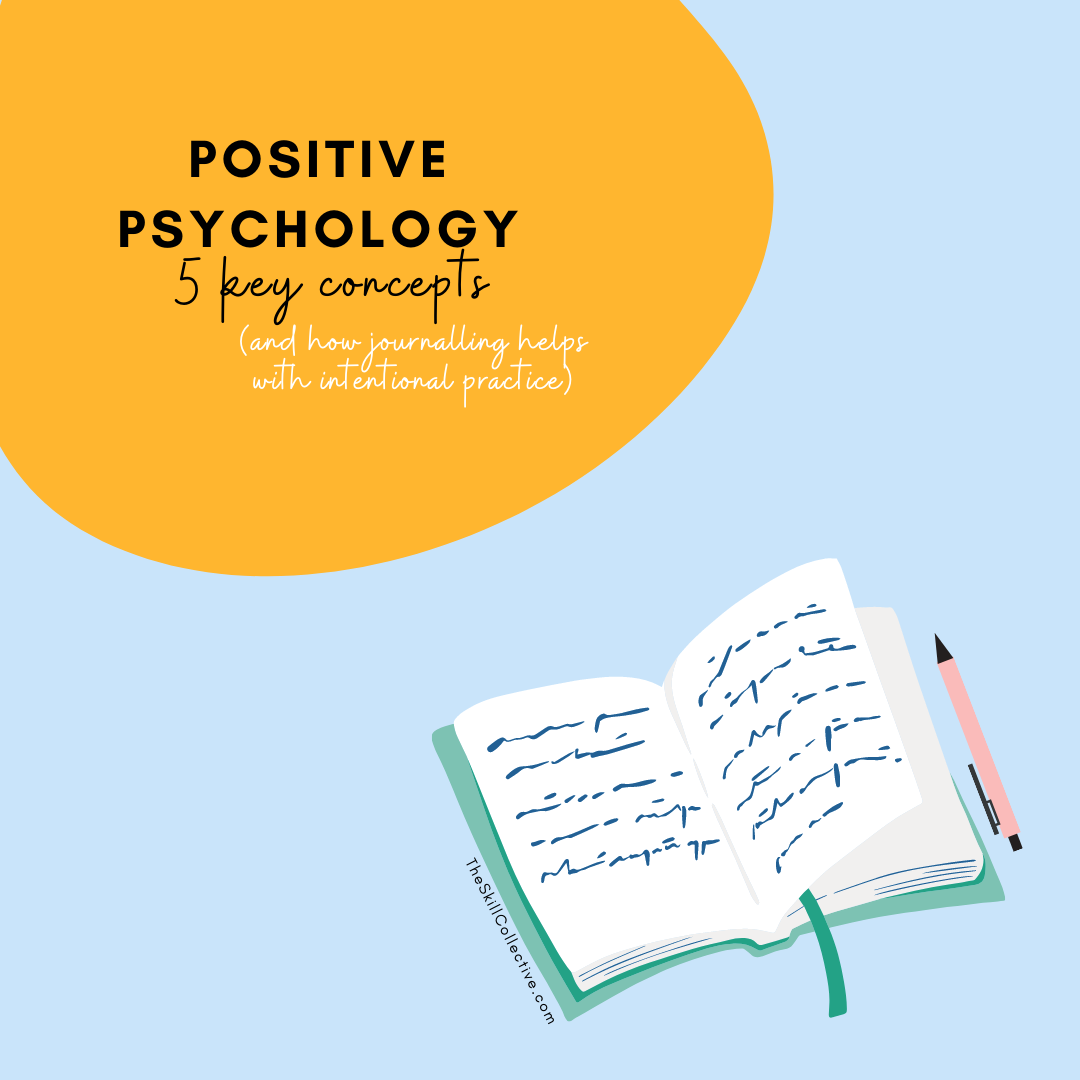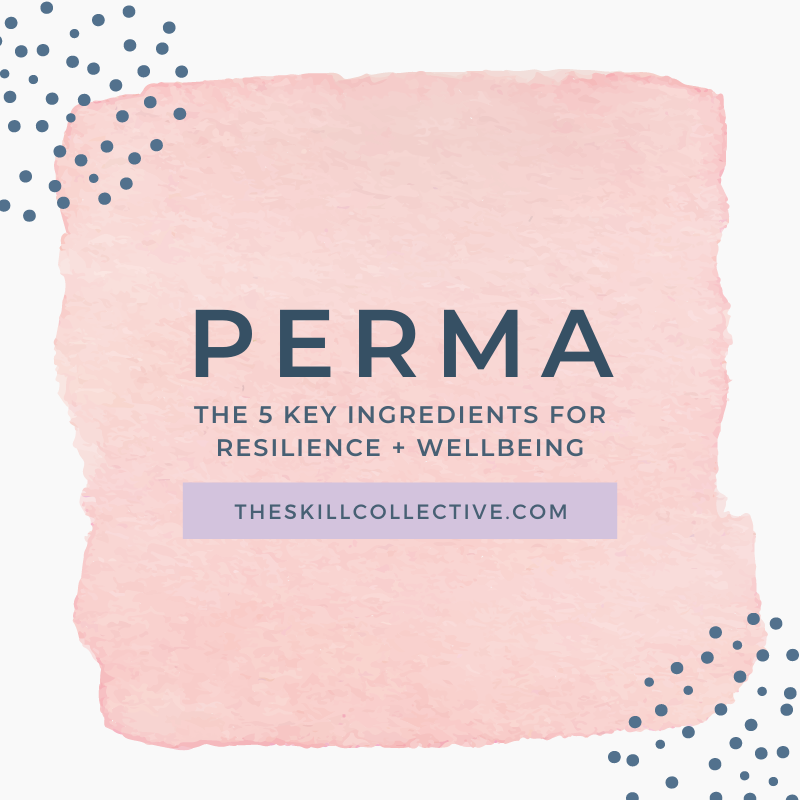Positive Psychology: 5 Key Concepts (and how journalling helps with intentional practice)
Boost your wellbeing and resilience with Positive Psychology. In this article we look at 5 key concepts in the field of positive psychology, and how journalling can help you achieve better wellbeing.
PERMA: The Ingredients for Resilience + Wellbeing
Looking to build up your resilience and wellbeing reserves? Meet your new best friend PERMA, the key 5 ingredients from positive psychology for better resilience and wellbeing.


